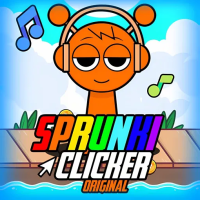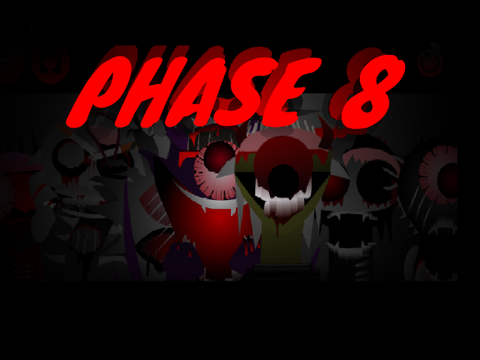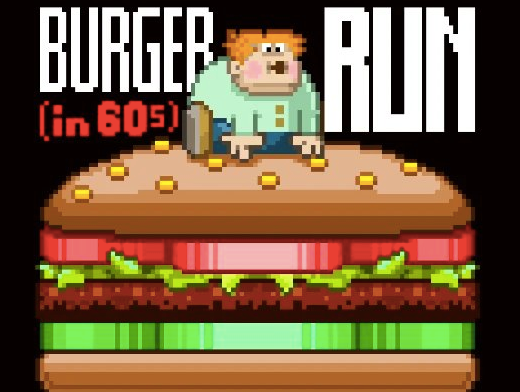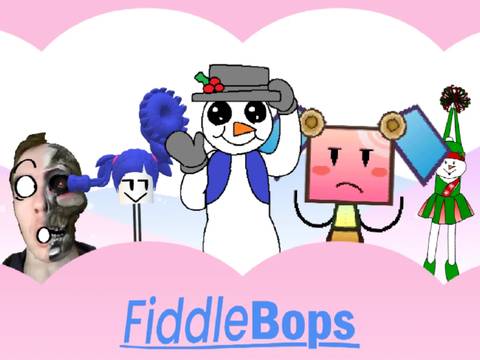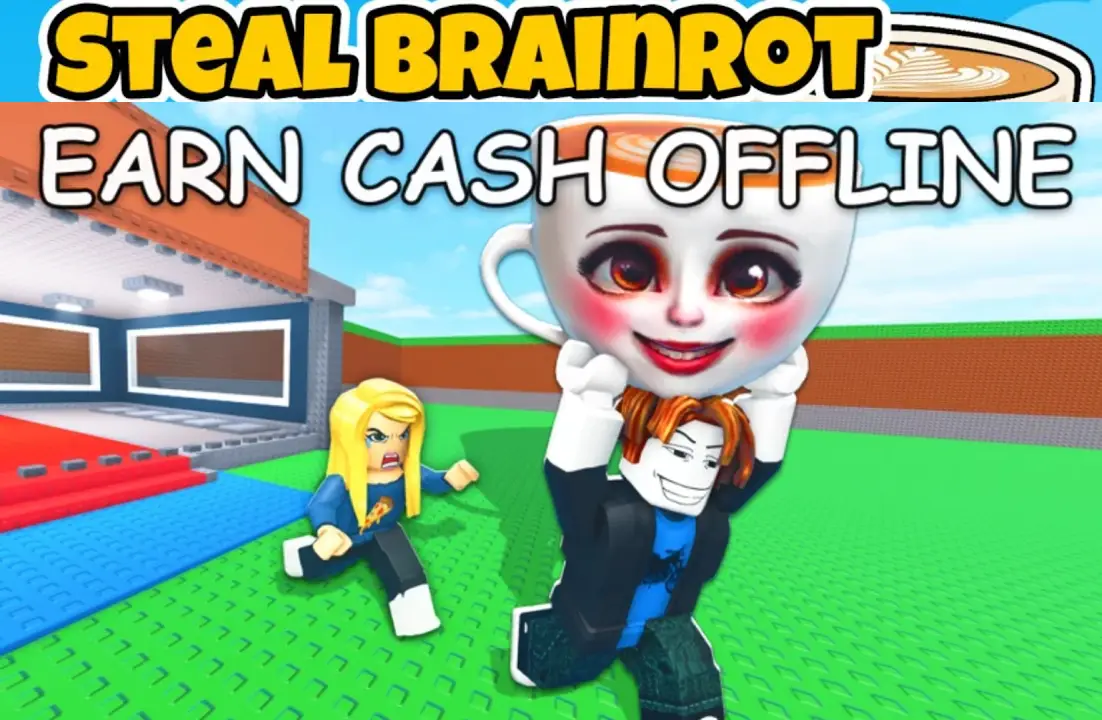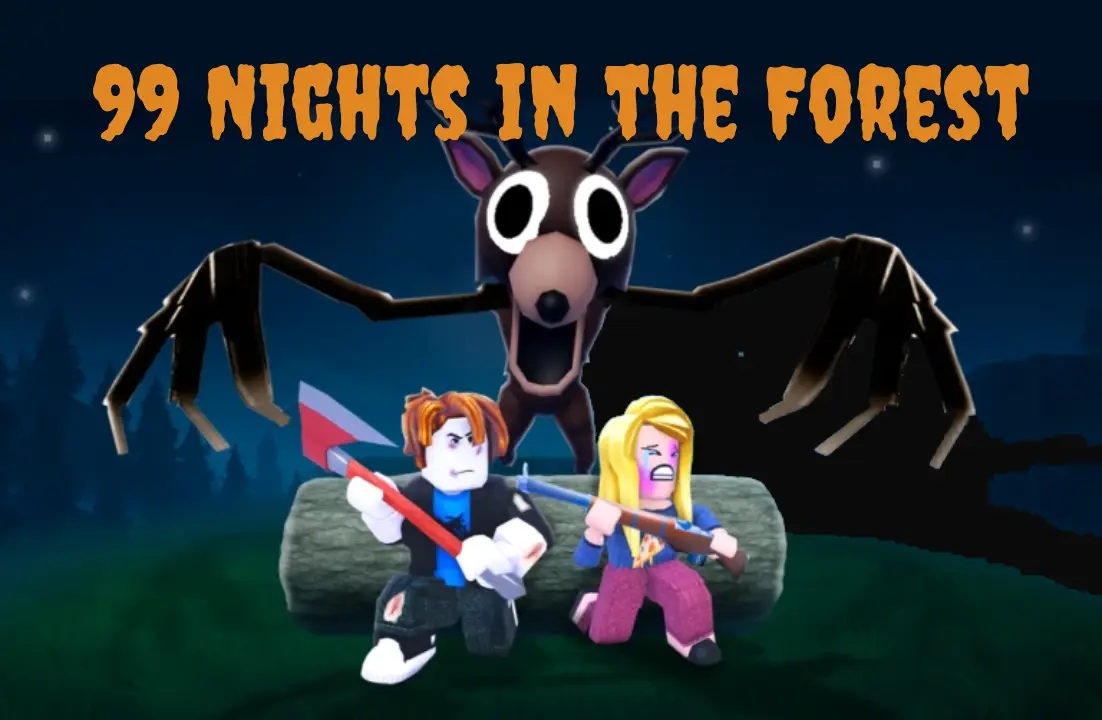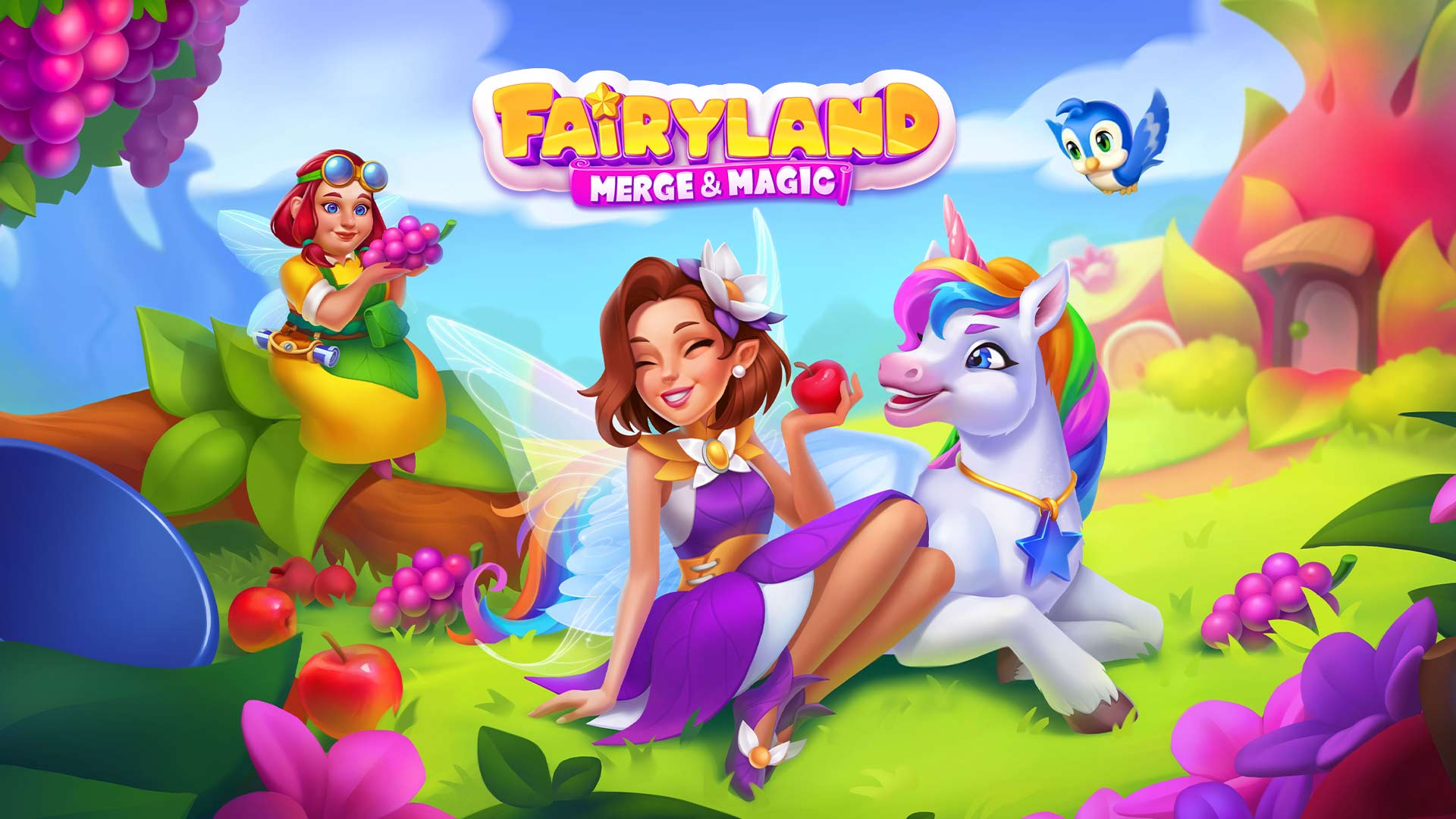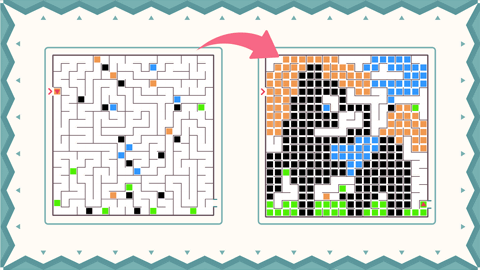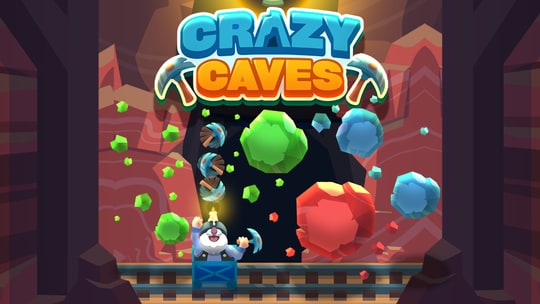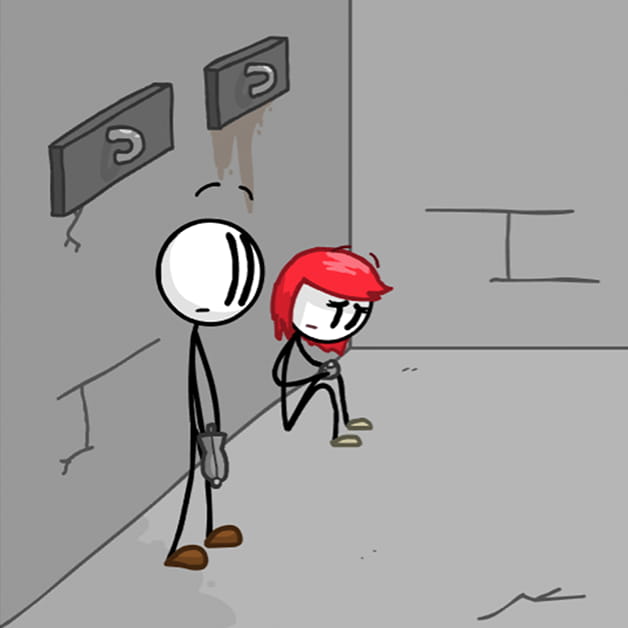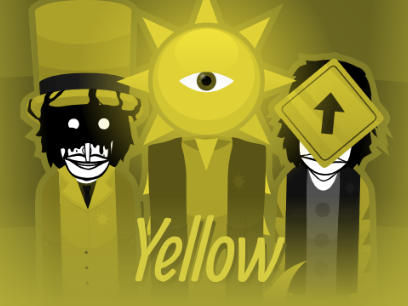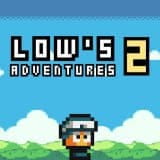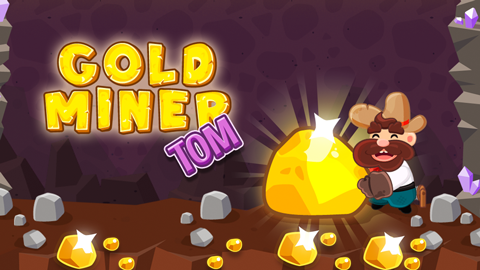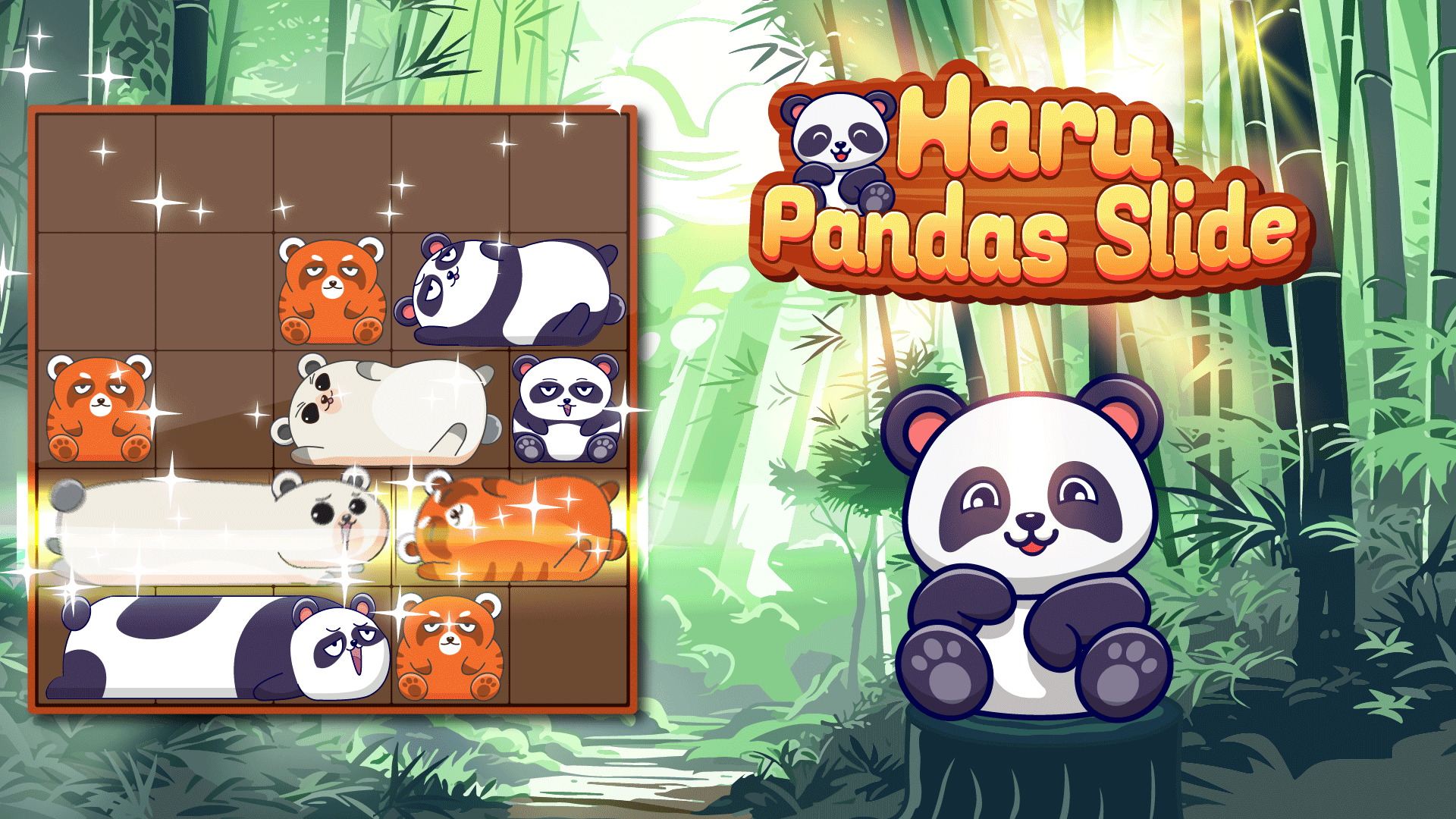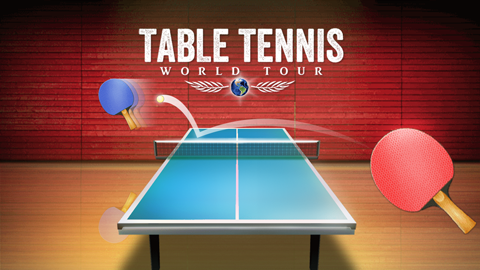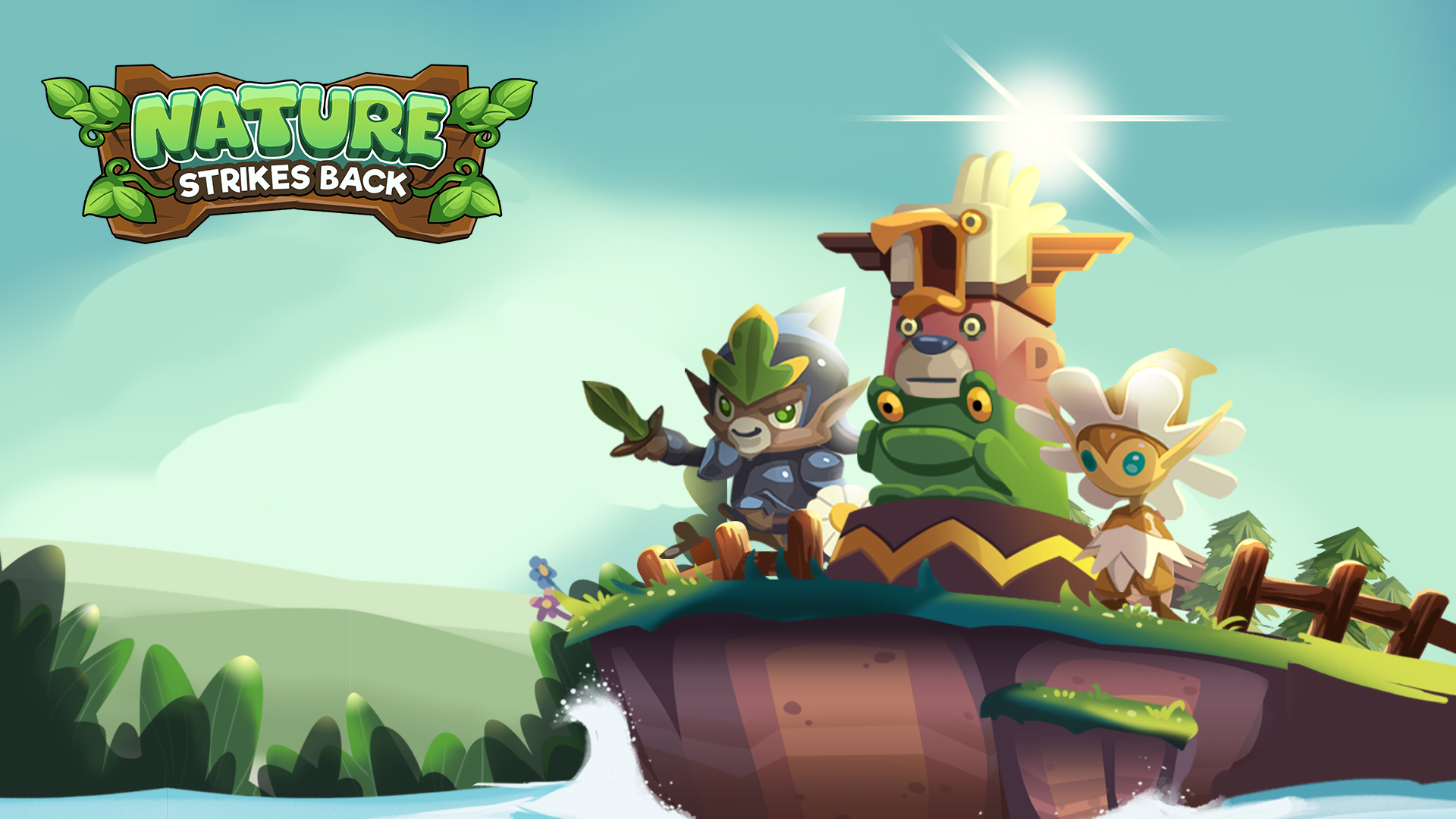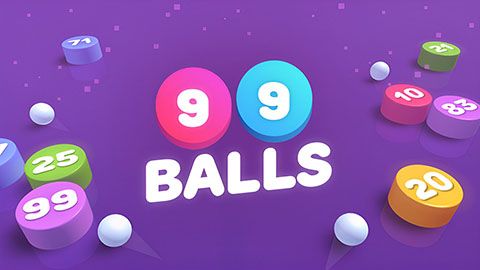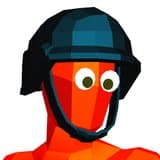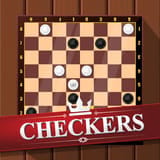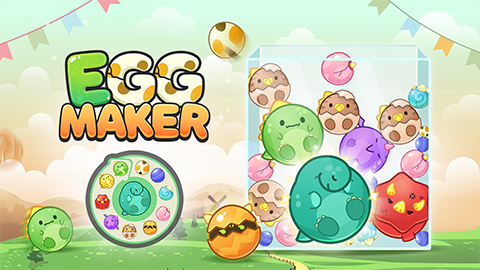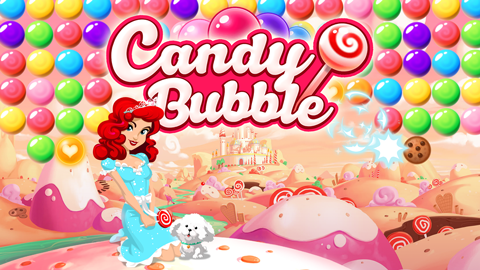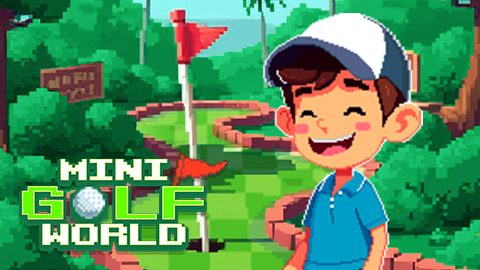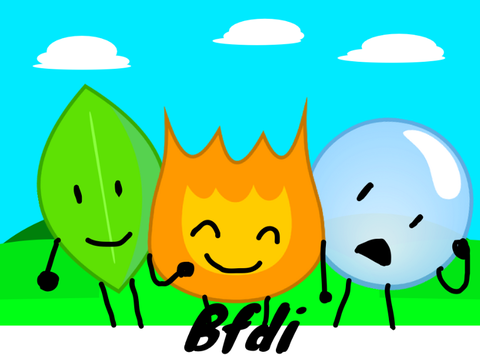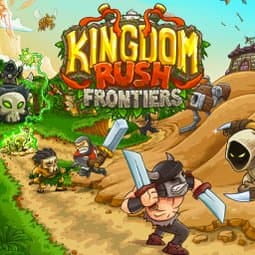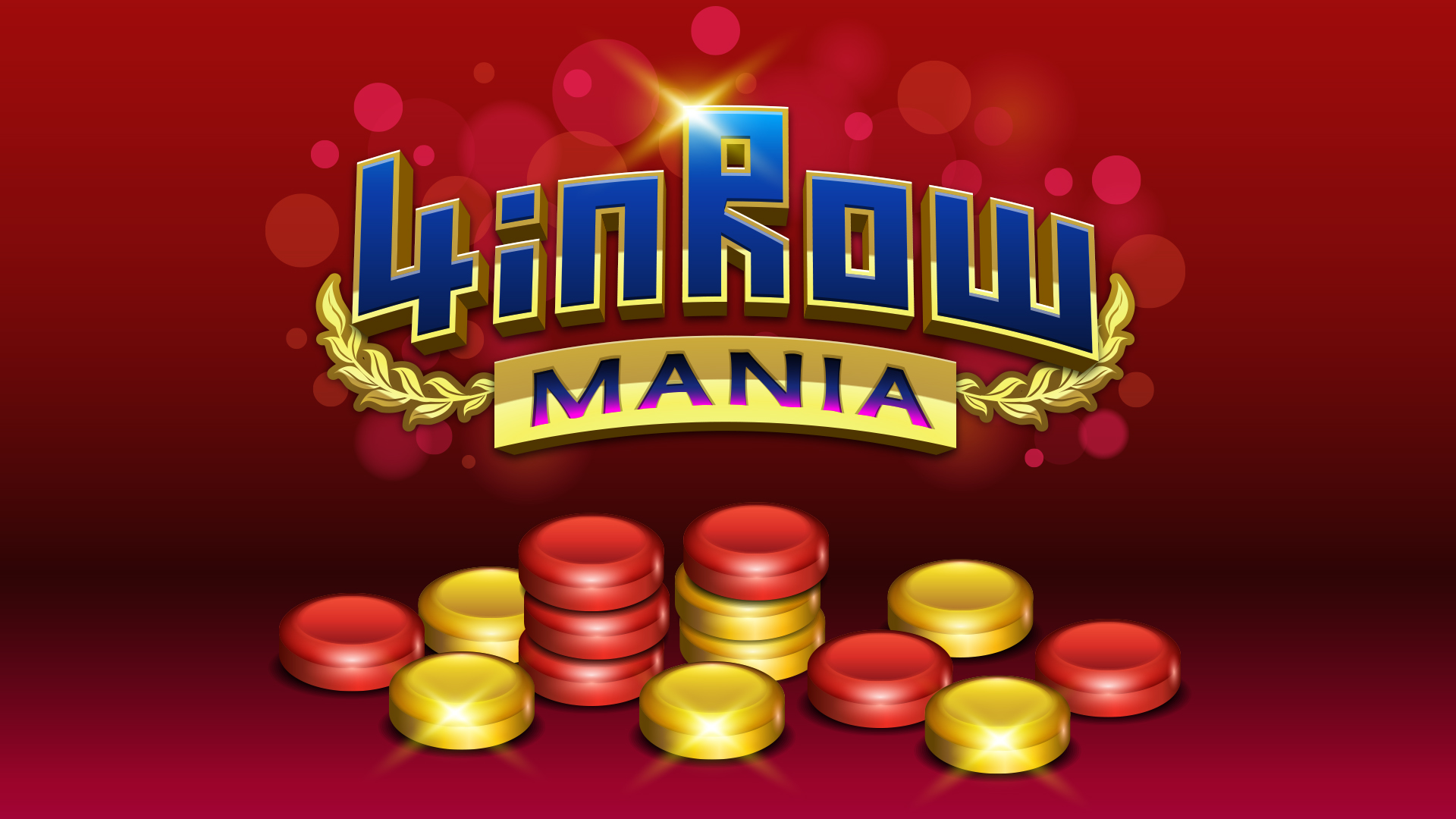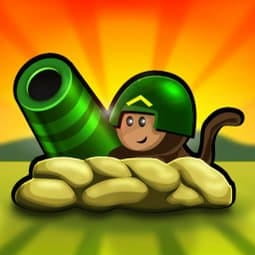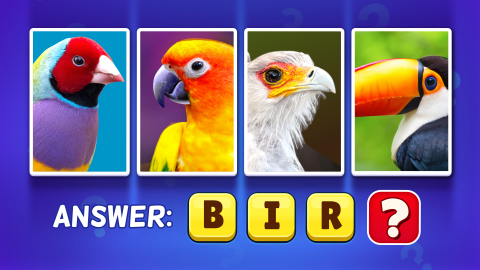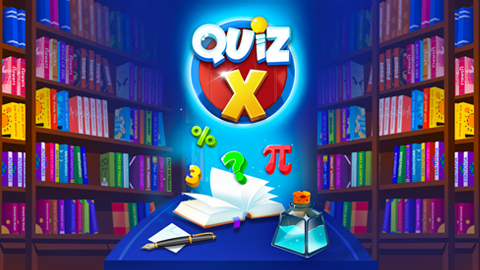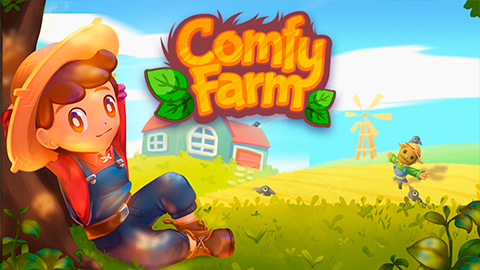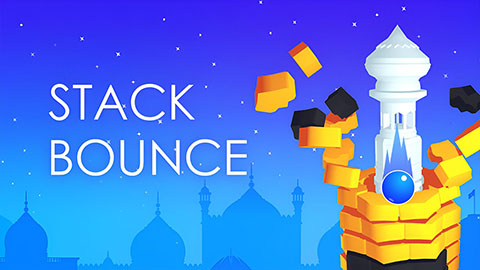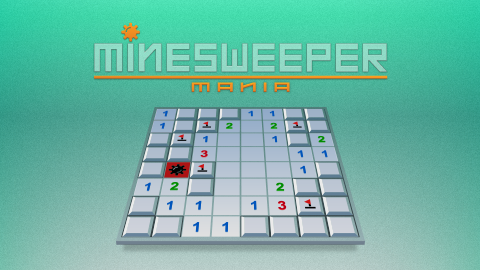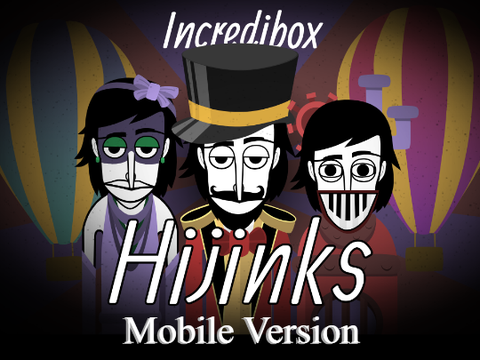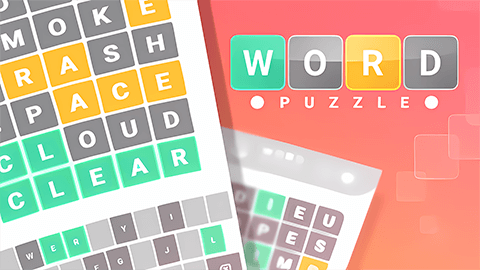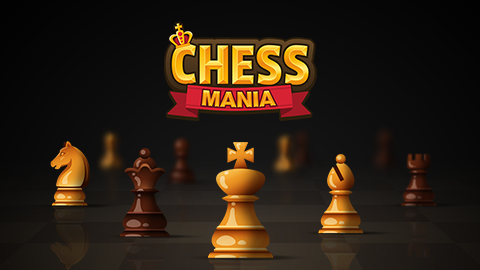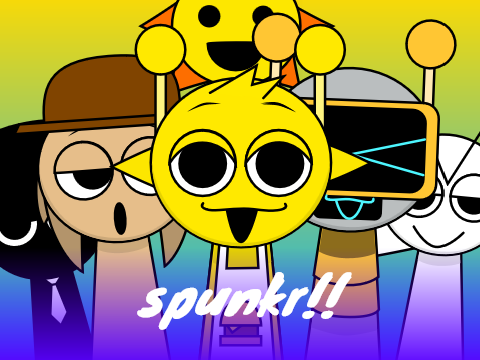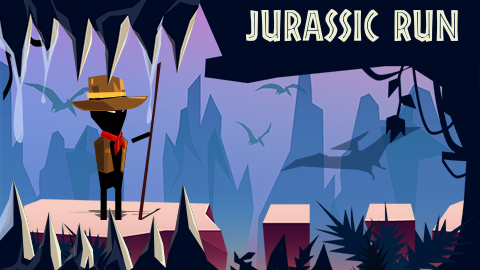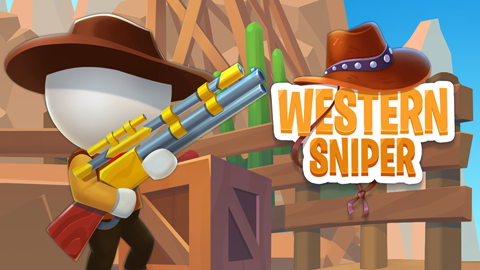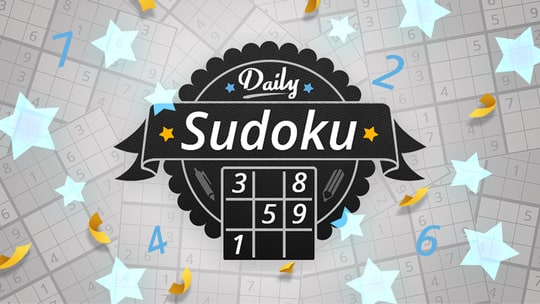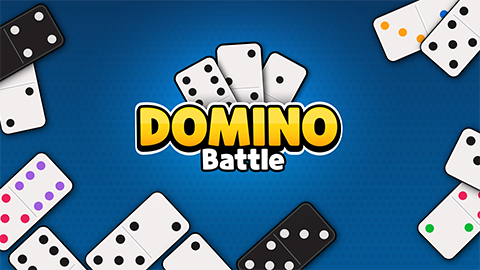► Popular Games
About Brain Test 2: Tricky Stories
home > Brain Test 2: Tricky Stories
Brain Test 2: Tricky Stories is a highly creative and challenging puzzle game developed and published by Unico Studio. It is the sequel to the widely popular Brain Test: Tricky Puzzles. Unlike its predecessor, which featured standalone levels, Brain Test 2 introduces a story-driven model, organizing puzzles into coherent, character-focused chapters.
The core gameplay revolves around “thinking outside the box.” Players must solve a series of puzzles that appear simple but are filled with tricks and traps. These puzzles often defy conventional logic and require players to use their imagination and interact with on-screen elements in unexpected ways to find the solution.
Key Features:
- Story-Driven Levels: The game is structured around various characters and their adventures, such as Agent Smith’s mission, Emily’s farm life, and Monster Hunter Joe’s escapades. Each chapter tells a short story, and players advance the plot by solving puzzles.
- Diverse Puzzle Design: The puzzles are incredibly varied, covering logic, observation, common sense (and sometimes, the opposite of common sense), and creativity.
- Highly Interactive Controls: Players need to interact with game elements through a variety of actions, including tapping, dragging, merging, shaking the phone, tilting the device, and pinching to zoom. Sometimes, the solution is hidden within the level’s title text or the UI itself.
- Humorous Art Style: The game features a clean and vibrant cartoon art style. The characters and animations are full of humor, and even the failure animations are often amusing.
- Hint System: If a player gets stuck on a level, they can use the in-game “light bulb” hints to get a clue or even skip the level entirely (usually by watching an ad).
2. How to Play
Since the essence of the game is independent thinking and the joy of discovery, providing a direct answer key for all levels would spoil the fun. Therefore, this section offers general strategies and a mindset for solving the puzzles.
- Think Outside the Box: This is the most crucial principle. Do not apply everyday logic to the problems. The answer is often the option you initially dismissed.
- Interact with Everything on the Screen:
- Drag: Try dragging every object, including background elements like clouds, the sun, or even the words in the question.
- Combine: Attempt to drag two or more items together to see if they can be combined into a new tool.
- Tap/Rub: Repeatedly tap or rub an object; it might trigger a hidden effect.
- Read the Question Carefully: The text of the question itself is often a key clue. Pay attention to puns, keywords, or hidden instructions.
- Utilize Your Phone’s Hardware Features:
- Shake: Many levels require you to shake your phone to make objects fall or move.
- Tilt: Tilting your device can change the direction of gravity, affecting liquids or movable objects.
- Volume Buttons: A few puzzles might require you to interact with your phone’s volume keys.
- Rotate/Flip: Turning your phone upside down or rotating it can also be a solution.
- Pay Attention to Details and Numbers: Carefully observe all details in the scene. Count the number of objects and check if anything is hidden behind something else.
- Don’t Be Afraid to Fail: The game encourages trial and error. Trying different approaches is a necessary part of finding the correct solution.
- Use the Hint System Wisely: If you are genuinely stuck for a long time, use a light bulb hint. It will give you a critical clue rather than the direct answer, helping to guide your thought process.
3. Operation Guide
The controls in Brain Test 2 are intuitive and are often part of the puzzle itself. Here are the primary interaction methods:
| Action | Description | Example |
|---|---|---|
| Tap/Click | To select objects, trigger actions, or interact with buttons. | Flipping a light switch, popping a balloon. |
| Drag & Drop | To move an object to a specific location or give an item to a character. | Dragging a key to a lock, handing food to a character. |
| Swipe | To move an obstacle, wipe something clean, or slide an object off-screen. | Swiping curtains open to reveal something behind them. |
| Pinch to Zoom | To enlarge or shrink objects on the screen. | Zooming in on a map to find a clue, shrinking an object to fit it through a gap. |
| Shake Device | To utilize the phone’s accelerometer. | Shaking a tree to make fruit fall. |
| Tilt Device | To change the in-game direction of gravity. | Tilting the phone to pour water out of a glass. |
| Long Press | To press and hold on an object to trigger a special effect. | Holding down a button to keep a mechanism activated. |
4. Frequently Asked Questions (FAQ)
Q: I’m stuck on a level. What should I do? A: First, try all the general strategies mentioned in the “Walkthrough” section. Interact with every element, read the question carefully, and try using your phone’s hardware features. If you’re still clueless, use a “light bulb” hint for a clue. As a last resort, you can watch an ad to skip the level.
Q: Is the game free? A: Yes, Brain Test 2 is a free-to-play game that contains ads. You can watch ads to get hints or skip levels. The game also offers an in-app purchase to remove all mandatory ads for a smoother gameplay experience.
Q: How do I get more “light bulb” hints? A: You can acquire hints in several ways:
- As a reward for completing certain levels or chapters.
- Through daily login bonuses.
- By watching optional rewarded video ads.
- By purchasing them directly via in-app purchases.
Q: What is the difference between Brain Test 1 and Brain Test 2? A: The biggest difference is the structure. Brain Test 1 consists of a series of unrelated, standalone puzzles. In contrast, Brain Test 2 adopts a story-chapter format, where each chapter features a consistent main character and a continuous plot, making the puzzle-solving experience more engaging and goal-oriented.
Q: Does the game require an internet connection? A: The game itself can be played offline. However, an internet connection is required if you want to use the hint system (watching ads for light bulbs or skipping levels).
